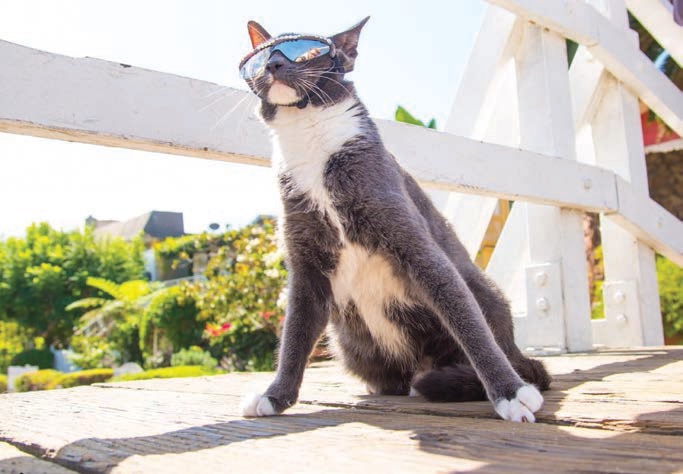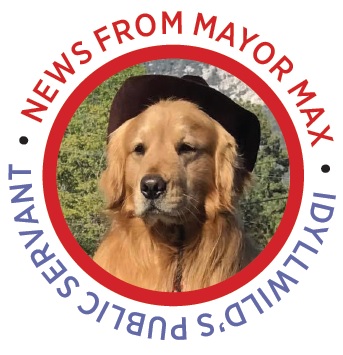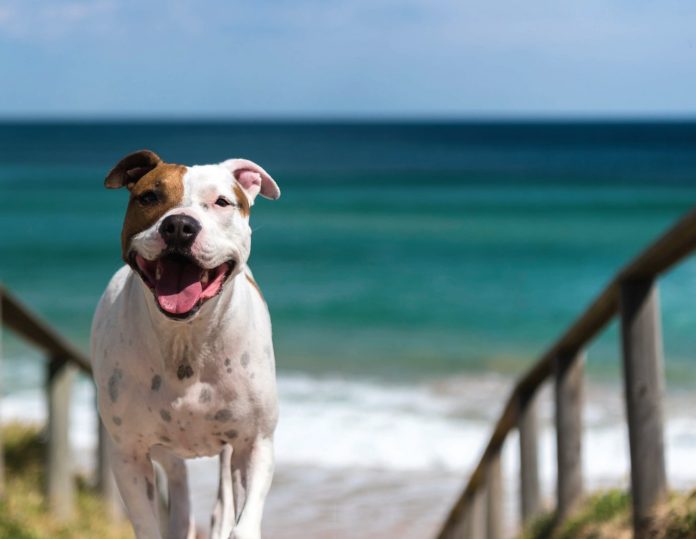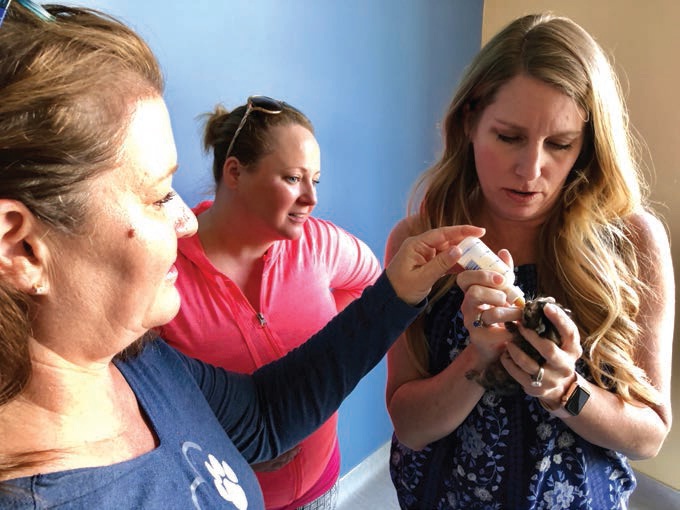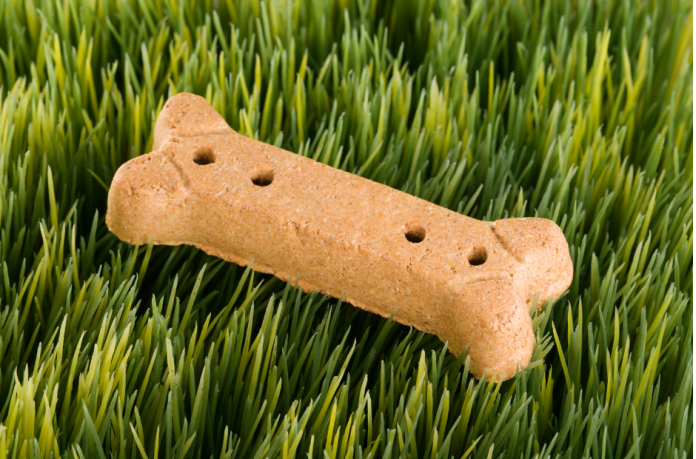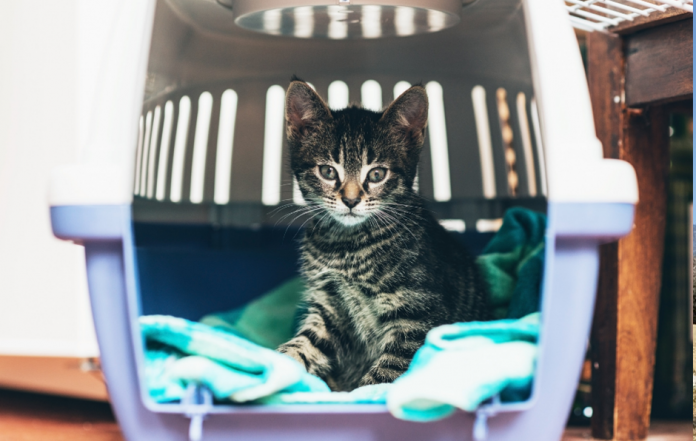Boogie Shoes: My Fall Four Product Review
Hello furry friends, Boogie Shoes here! This year I had the esteemed honor of being Pet Companion Magazine’s Official Canine Correspondent at SuperZoo 2018, and now it’s time to reveal my top four favorite products. It was a big job to taste test all the treats, sniff all the toys, and feel all the beds for superior softness, but I did it. Be sure to share this with your human, because you’re going to need a few of these items! Plus, doggie gifts are good to give and get year-round. #WhosAGoodBoy
—Boogie Shoes

Zippy Paws Interactive Plushy Toys
I must admit, I personally have about three Zippy Paws burrow toys in my toy basket. I love them because I can dig, chew, sniff and root around for hidden treats and then take a long nap. It’s hard work, doing all that stuff! A few of my favorites that I spotted this year were Milk & Cookies, PupCorn, Burrow Log with Chip-munks and Donut Disturb. Your human will love these too, because they are made to last and can be thrown into the washer if they get dirty. zippypaws.com

Tail Trends
My paw is on the TREND button right now with these super-cool creations by Tail Trends. If you are like me and enjoy dressing up for special occasions but don’t like being bundled up in a full body costume or outfit, then Tail Trends is for you. The line features formal bandanas, reversible bandanas, collar covers, and bow ties for all the reasons of the season. The BEST part of their items is the way you wear them. Everything is made to loop around or onto your collar! So, no fussy outfits to wiggle out of (or squeeze into)! tailtrends.com

Spina Organics Grooming Products
If you follow me on Instagram, you know I do not like to take a bath. Not because of the bath itself, but because I prefer to be stinky. Well, I think I’m changing my mind about that, now that I’ve tried Spina Grooming Products. They smell so good and were created by Beverly Hills hair stylist Mauro Spina. Spina products are vegan and cruelty-free and are not only good for cleaning little dog hairs but also soothing to my skin. spinaorganics.com

Hello Doggie Bed
The Hello Doggie bed was the softest bed I found at SuperZoo and the sequins mesmerized me. This bed falls into my “treat yourself” category, because is so SOFT you don’t even need a blanket, and the blingy sequins will remind my parents that I am the king of the castle. For puppers who love to snooze, this fancy bed will be full of sweet dreams! hellodoggie143.com
Follow Little Boogie Shoes on Facebook and Instagram at @littleboogieshoes

